Galápagospenguinscanonlybe
foundinthe Galápagos Islands.
TheGalápagossupportthreekindsofliving things. Native species arefoundnaturallyintheGalápagosandelse where.Thefrigatebirdisagoodexample. Introducedspecies arealsofoundinGalápagos.Peoplebroughtthemtotheislands.Thegoatisagoodexample.Endemicspeciesareonlyfoundin Galápagos.
Becausetheislandsaresoisolated,manyplantsandanimalsareendemic.Strangethingslivehereandonlyhere.Lizardsthatswim.Gianttortoises.Meat‑eatingcentipedes.Blood‑suckingbirds.Walkingfish.Someofthesedon’tseemtobelongtothisworld—orthispartofthe world!
Forexample,GalápagospenguinsaretheonlypenguinsfoundnorthoftheEquator.They’reoneofthesmallestpenguinsintheworld.ThecoolwatersoftheHumboldtcurrentcarriedthemherelong ago.
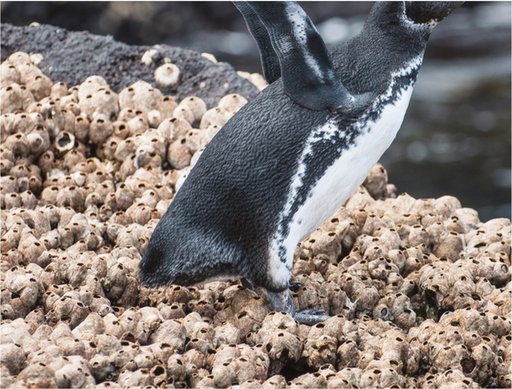
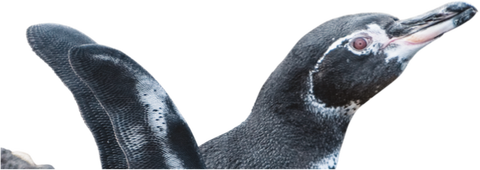
leaningintocool down
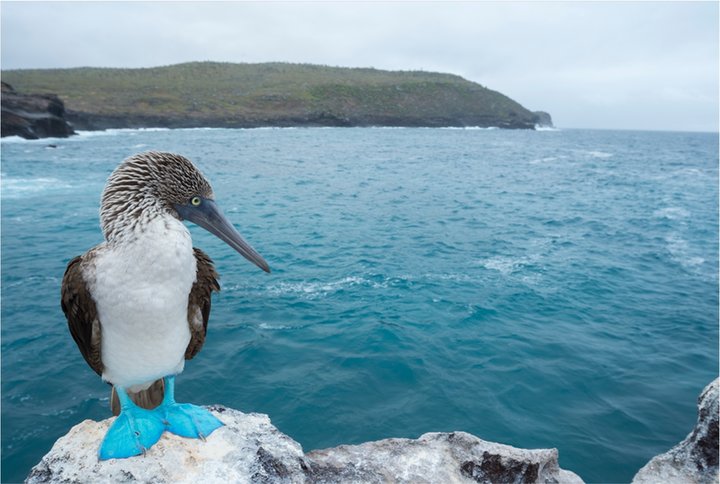
Theblue‑footedboobycanbefoundinthePacific,fromCaliforniatoPeruandontheGalápagos Islands.
Galápagospenguinsweighlittlemorethanabagofsugar(2.5 kilograms,or5.5pounds).Theydiveinthecold‑watercurrentstosearchforsmallfishandshellfishto eat.
Tomanagehottertemperaturesonland,Galápagospenguinsleanforward.Thisshadestheirfeetfromthesun.Theystretchtheirflippersouttothesides.Thisreleasesbodyheatfromundertheir flippers.
HiddeninPlain Sight
TheGalápagossurpriseuswithnewformsoflife.Thehybridiguanawasjustdiscovered.Itisfoundonlyonthesmallestisland,SouthPlaza.Ahybridoccurswhenamalemarineiguanamateswithafemaleland iguana.

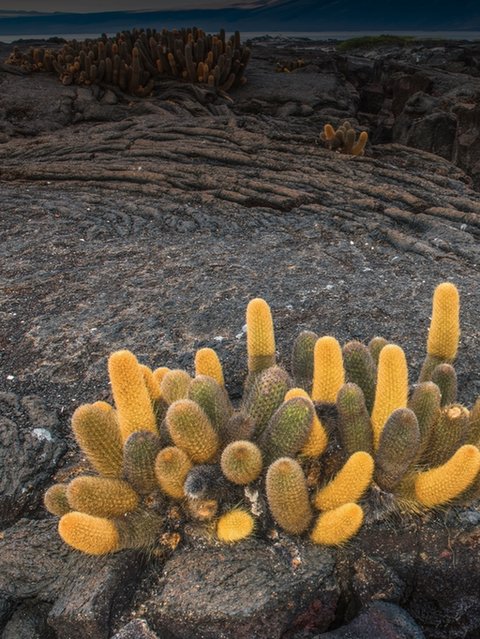
LikingLava
Thelavacactusisoneofthefirstspeciestogrowonnewlavaflows.Itcanbefoundin11placesonjustsix islands.
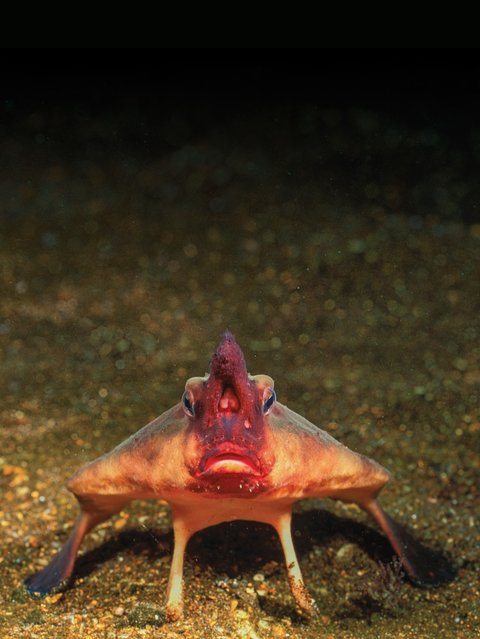
PuckerUp
SomeGalápagosanimals,likethered‑lippedbatfish,areodd.Itcanswim,butitusesitsfinslikelegstowalk,instead.Andwhat’swiththoseredlips?Allweknowisitisfoundinthe Galápagos.
